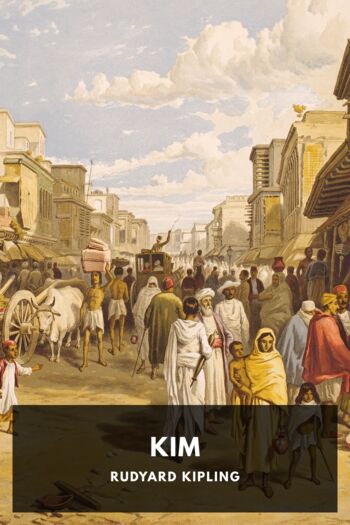The Ten Best Spy Novels you never heard of
You know the classics. A Perfect Spy, Tinker Tailor or The Spy Who Came in from the Cold, by John Le Carre. Alan Furst’s Eastern Europe. Graham Greene’s jaundiced take on the West and espionage. Daniel Silva’s Gabriel Allon thrillers. Looking for some off-the-beaten path spy novels? What should you read next?
Here’s 10 great spy novels you’ve probably never heard of.
The Darkling Spy, by Edward Wilson. A pitch perfect, classic Cold War Spy novel. Wilson is an American who gave up his citizenship to become British, and his spy novels echo the best of Le Carre’s morally ambiguous, yet very British worldview. In the Darkling Spy, Catesby is an English spy from the wrong side of the tracks, send to Berlin, crossing paths with the famed Man Without a Face, Markus Wolf, the head of east German intelligence. The romance and the espionage tradecraft are well handled.
Slow Horses, by Mick Herron. The Slow Horses are British spies in an off-brand spy agency located in Slough (“Slow”), England. And they are slow. Broken people, not the sharpest of tacks, but they somehow manage to get the job done. Absolutely great anti-Bond spies.
Europe in Autumn, by Dave Hutchinson. Rudi is a cook-turned-spy in a near future, semi-fictional Balkanized eastern Europe, in the service of a shadowy syndicate. Fun and train travel ensues.
The Tears of Autumn, by Charles McCarry. The Kennedy assassination was never so clearly, cleverly, plausibly explained.
Night Heron, by Adam Brookes. Peanut is a Chinese dissident/spy trapped in a Chinese prison camp. Mangan is a British journalist hanging out in Beijing with a friend and a high society Chinese girlfriend. When Peanut breaks out of camp and re-establishes contact with British intelligence, in the form of Trish Patterson, a tall, attractive Army intelligence officer, Mangan is slowly drawn into an operation to penetrate the Chinese military network, with Trish as his handler. Brookes readily evokes the new China, the growth, the politics and the conflict between Communist Theory and Capitalist Practice.
The Crook Factory, by Dan Simmons. Dan Simmons is a treasure. He can write anything from Science Fiction to mythological fantasy to crime novels, to historical fiction to horror. Did you know Ernest Hemingway was a spy in WWII in Cuba? Me neither. Dan Simmons did, and tells the story.
Legends, by Robert Little. OK you may have heard of this, as there was a TV series loosely based (very loosely) on it, and Littell is somewhat well known. This is the most intricately plotted, dizzying spy novel we’ve read. Triple crosses and triple identities, our hero doesn’t really know who he is, he’s lived so many legends. Truly the “wilderness of mirrors”, as former CIA chief spy-hunter James Jesus Angleton called espionage.
Kim, by Rudyard Kipling. You may have heard of it, and you’re thinking, “Rudyard Kipling, Jungle Book, oh this will be a kids book”. Far from it. Still a classic. The phrase “The Great Game”, the battle between Britain and Russia for control of the east, was popularized by this book.
The Spy; or, A Tale of the Neutral Ground by James Fenimore Cooper (1821)
You probably only know Cooper dimly as the author of Last of The Mohicans. which you probably didn’t read but saw the movie with Daniel Day Lewis. The Spy is a factually-based account of the exploits of Harvey Birch, a secret agent in the American Revolution.
A Spy Among Friends: Kim Philby and the Great Betrayal by Ben Macintyre. One non-fiction book to mix in here. Imagine if the number 2 or 3 person at the CIA was a Soviet agent. Sounds impossible, right? Not so. Kim Philby was responsible for counter-intelligence for MI-6, the home of James Bond and England’s equivalent to the CIA. Philby was a life-long communist agent, a mole in Britain’s intelligence establishment. A Spy Among Friends is best, most accessible view into the real life of the most devastating of real double agents.
Last but not least:
Declare, by Tim Powers. What do Kim Philby, Lawrence of Arabia, Djinn, Nazis, Russians, Ankhs, the Ark & Mount Ararat and long wave radio have in common? Declare. Deeply fantastical and yet intensely plausible, due to the deep historical research of Powers. Almost (almost!) everything in the book has plausible historical explanation, as set out in an appendix. A deeply strange and wonderful novel.
Take a look. Your bookshelf will thank you.
Want more great books like this? Sign up for The Hawaii Project!











